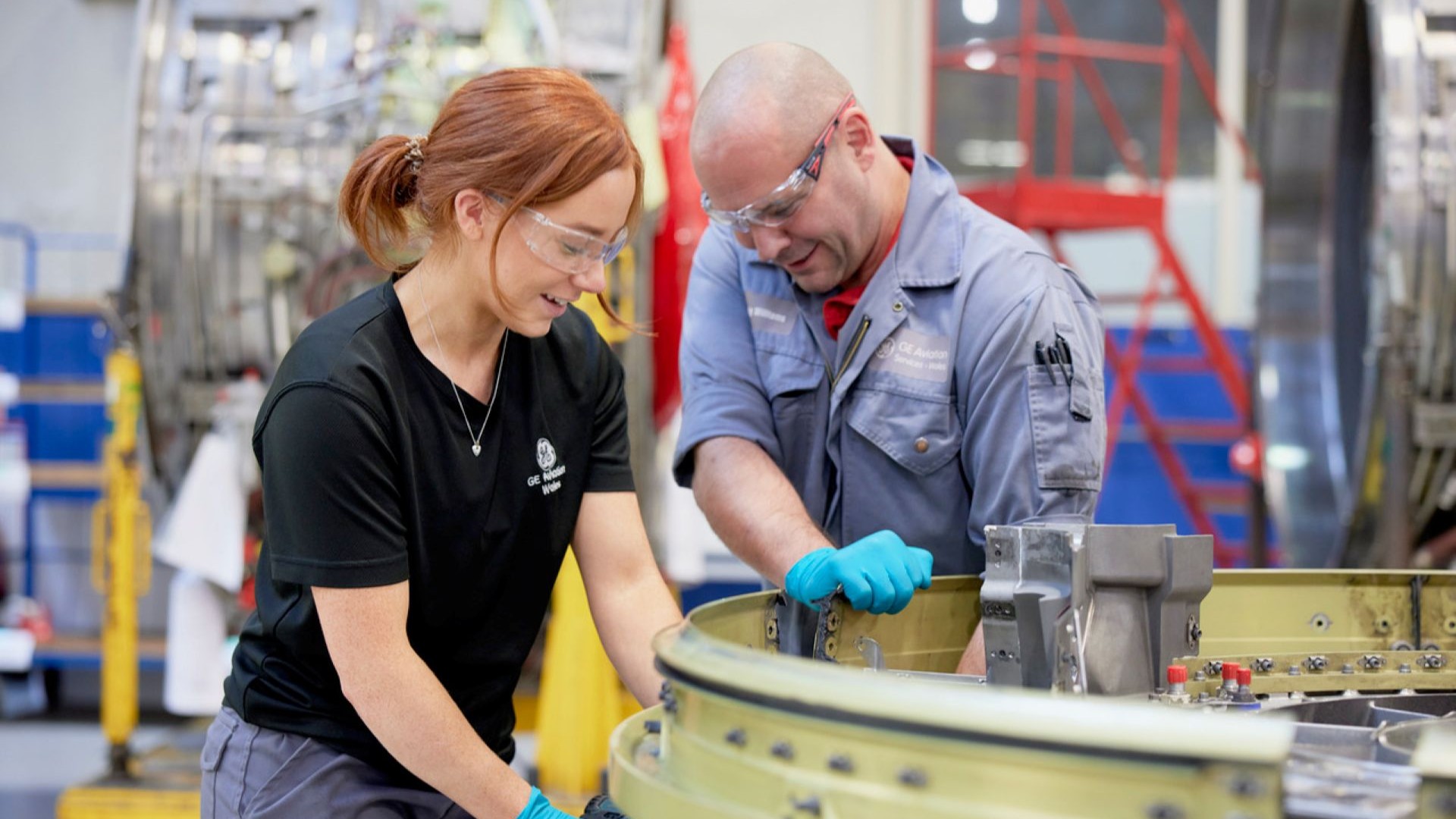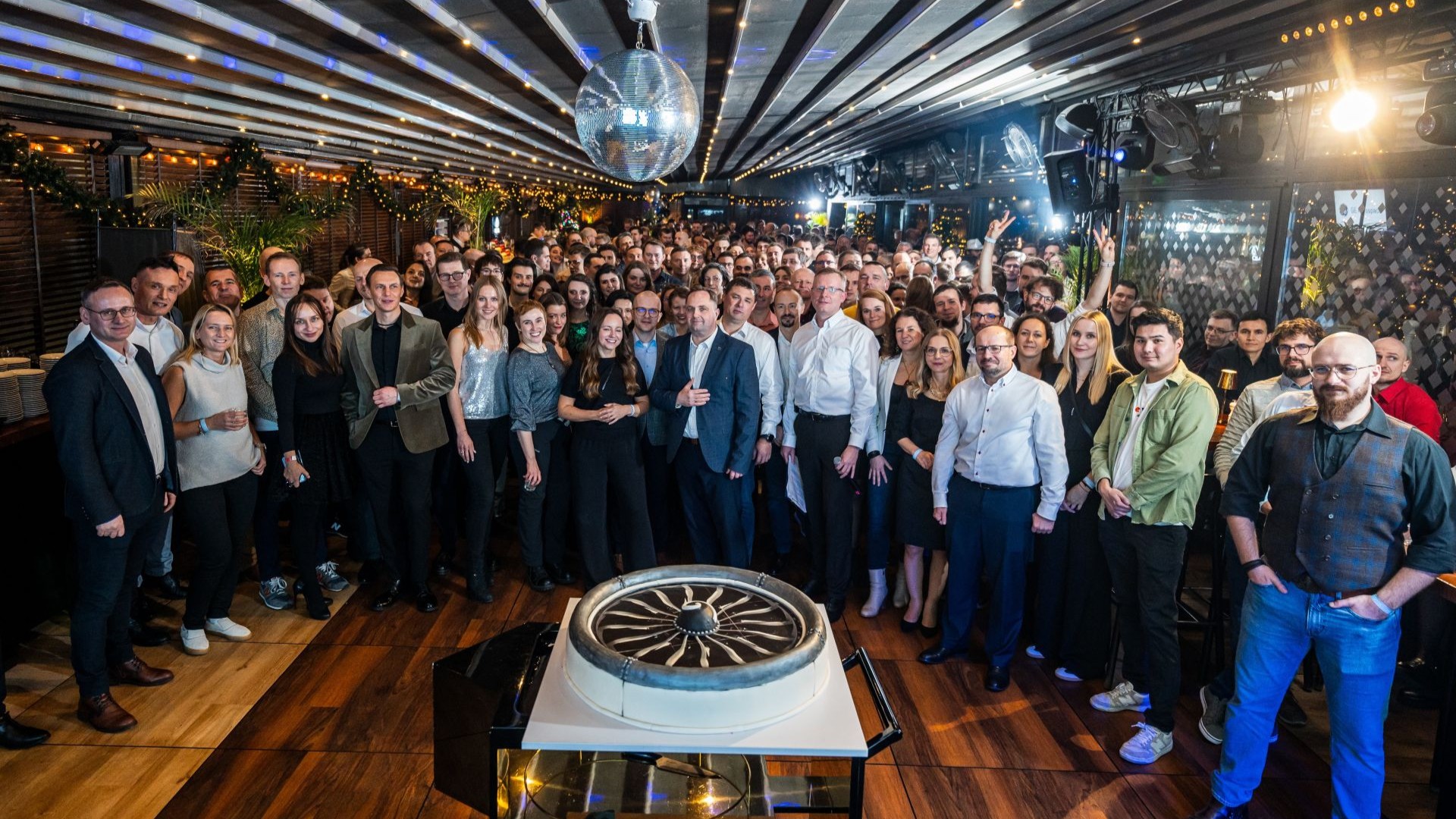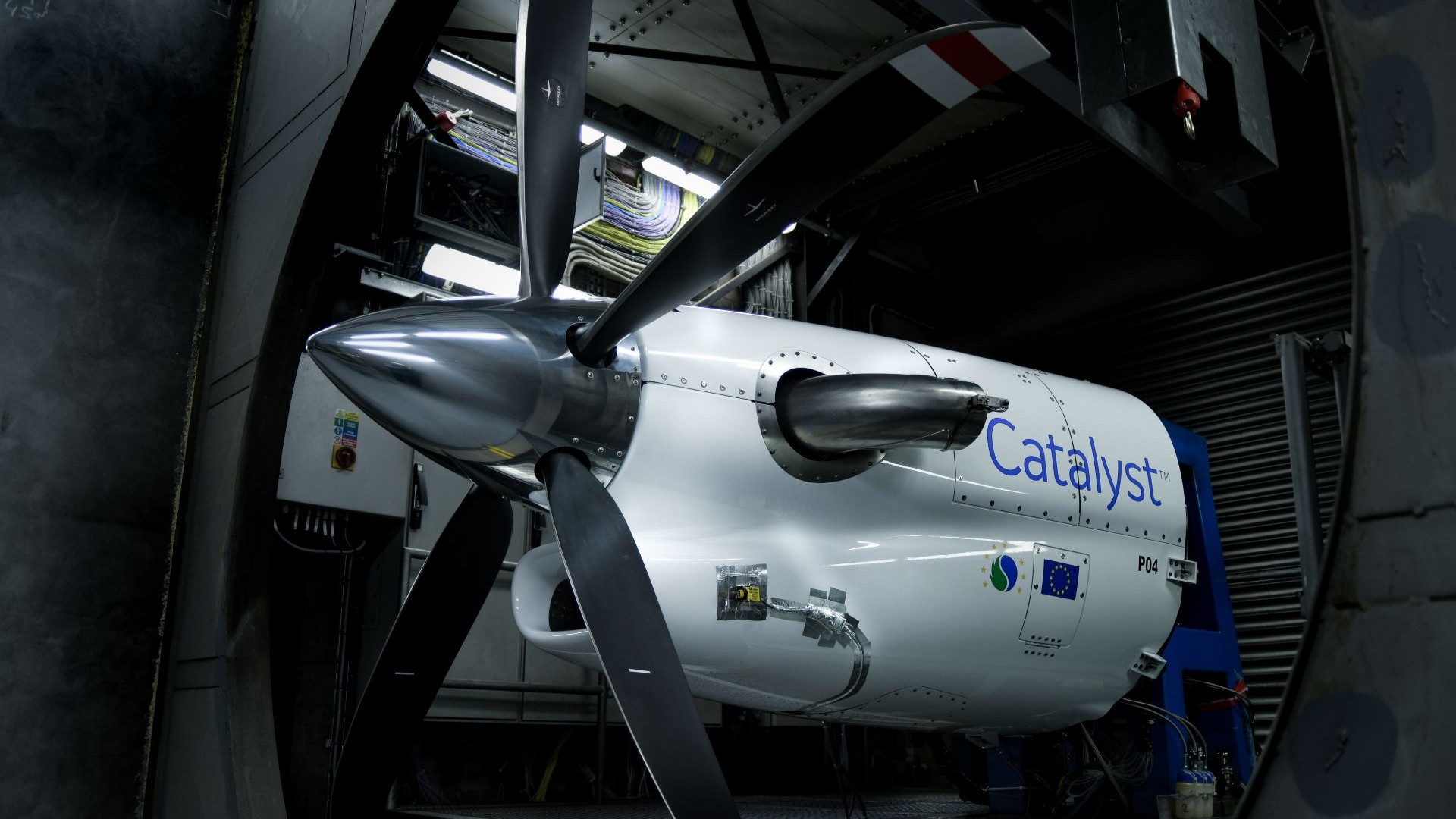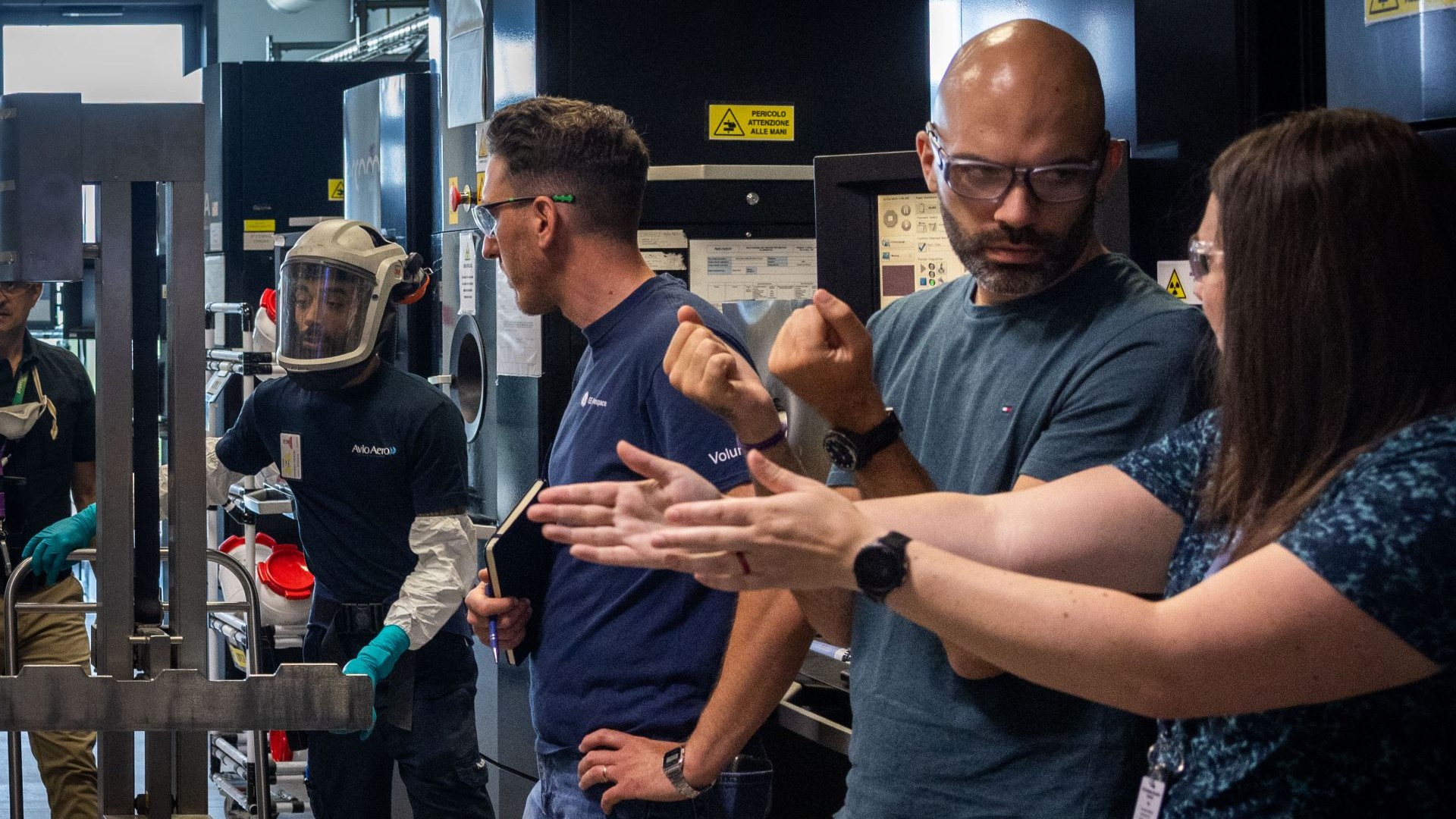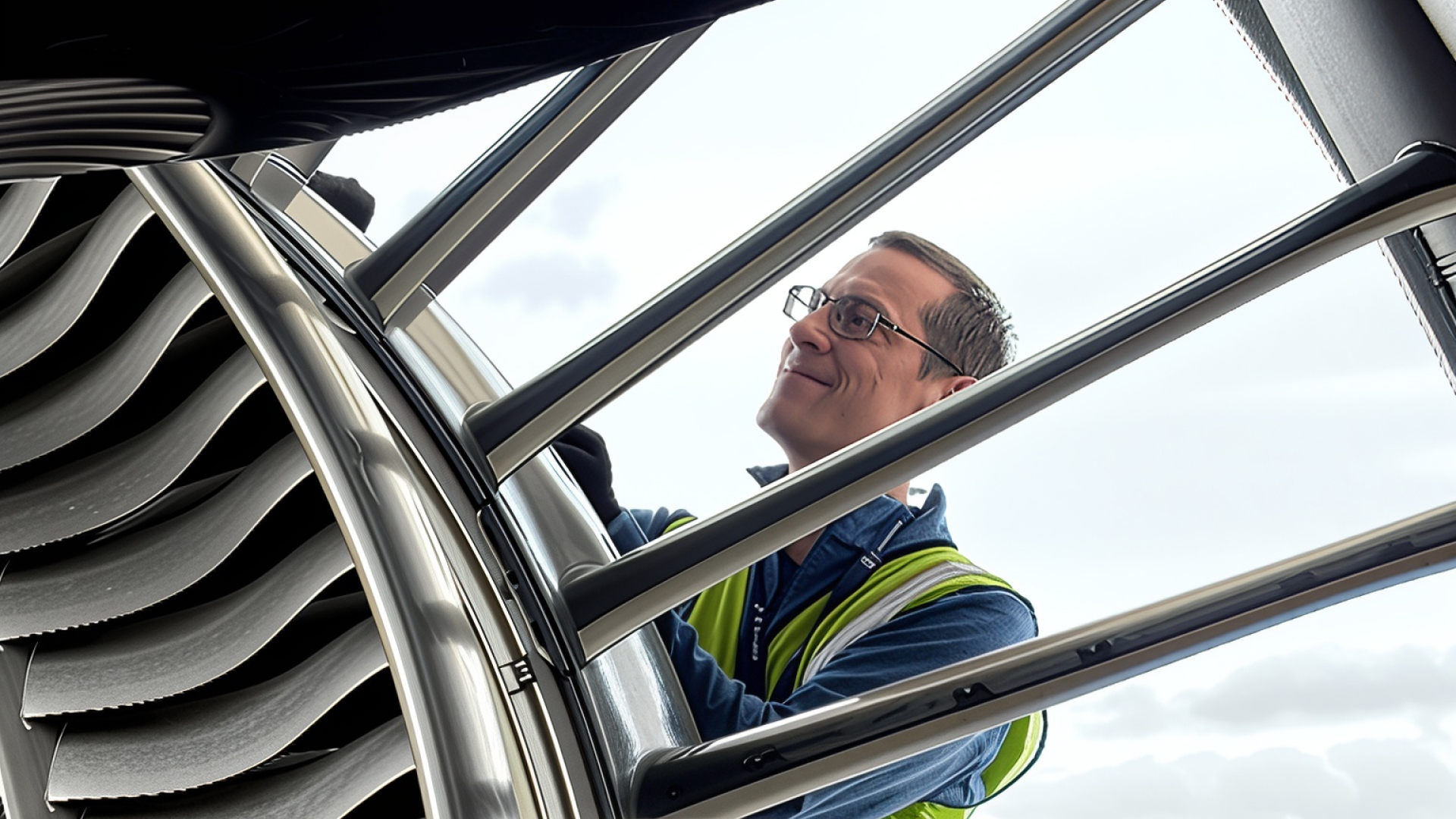Industrial Heartbeat: How Wales Became a Hub for Generations of Aviation Excellence
July 24, 2025 | by Klaas Pel
For many, the story of aerospace is written in the skies — in the quiet hum of engines overhead, the marvel of modern aircraft, and the dream of flight made real. But long before a plane ever takes off, its story begins somewhere quieter, somewhere grounded.
In Wales, that story is told in many ways: In the steady rhythm of tools against metal ringing across the vast industrial workspaces. In the assembly, repair, and general servicing of engines day and night. And in the generations of skilled hands paired with cutting-edge technology that helps modern aviation take flight. Here, aerospace runs in the family. It’s part of a long legacy of industrial innovation that stretches back to the Second World War, when scientific breakthroughs born in laboratories and academic hubs relied on Welsh industry to bring them to life.
Back then, it was the region’s deep roots in coal and steel and its close industrial ties to nearby Bristol that shaped its role in the war effort. But those same skills — forged in the fire of industrial revolution a century earlier — laid the foundation for something bigger. As war clouds gathered in 1940, Imperial Airways’ engine overhaul business was strategically relocated from London to South Wales under the British Overseas Airways Corporation.* Throughout Britain, pioneering aerospace breakthroughs like the Spitfire and Frank Whittle’s revolutionary jet engine design would transform aviation forever, with GE Aerospace later building its first U.S. jet engine from that very blueprint. In the decades that followed, as the civil aerospace market expanded, Wales leveraged this industrial capability with the help of universities in towns like Aberystwyth, Swansea, and Bangor to quietly transform itself into a hub of aviation excellence.
Today, that spirit of excellence is woven into the fabric of the Welsh economy. Nantgarw, near Cardiff, is home to a world-leading GE Aerospace maintenance, repair, and overhaul (MRO) facility that services wide- and narrow-body engines from airlines all across the globe, and adds more than £70 million to the British economy each year. Occupying over 1.2 million square feet of workshop space, it has two state-of-the-art aircraft engine test facilities, along with a significant repair capability.
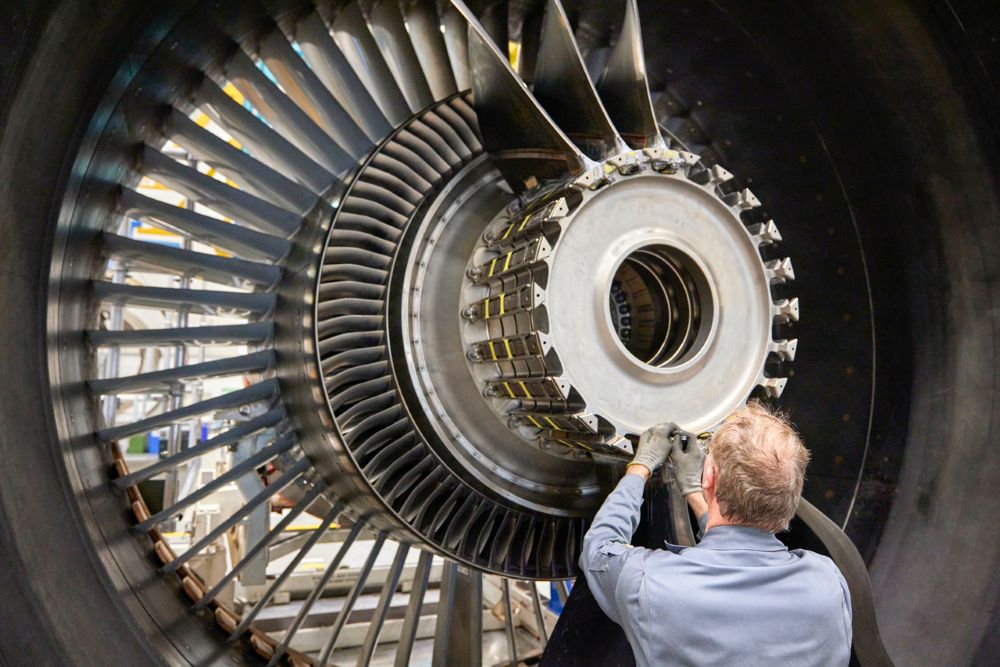
Location, as it turns out, is everything. Today, GE Aerospace’s footprint stretches across the UK, from engine overhaul shops in South Wales and Scotland to the cutting-edge avionics engineering specialists in Cheltenham, Gloucestershire, all combining deep industrial knowledge with global reach to support airlines and customers around the world. Wales sits on the doorstep of major UK and global airlines, putting GE Aerospace in pole position to keep their fleets flying so that engines are maintained, repaired, and returned to service. The site has the capability to provide maintenance, repair, and overhaul services for a range of engine types — including the GE90, the world’s most powerful commercial aircraft engine at the time it was introduced, and the world’s best-selling commercial engine, the CFM56.** Wales will also play a key role in providing service support for the next-generation GE9X, the largest and most powerful commercial aircraft engine ever built, designed specifically for the new twin-engine Boeing 777X family, when it enters into service in 2026.
Walk through the facility in Wales and you’ll quickly notice something special. Many of the 1,300-strong team have spent five, 10, even 20 years honing their craft here — a workforce built on long service, deep expertise, and a culture of continuous growth. Some families even boast three generations who’ve worked on-site, with stories of fathers and daughters, cousins, and grandchildren all drawn to the same craft.
One such employee is Steve Edwards, senior services manager in customer service management. “I started with GE Aerospace straight out of school and was inspired years before during a site visit, looking at the engines that filled the Wales facility at the time,” Edwards recalls. “That being said, I’m a third-generation aircraft engineer, with my grandfather serving in the Royal Navy maintaining aircraft on warships and my father having worked at GE Aerospace for 27 years, so there was some encouragement also.”
Another is Jonathan Lucas, engineering and maintenance leader, who says that for him “the Wales site has always been a special place, with an impressive and lasting legacy for the UK and global aerospace sectors as well as having an impact locally on communities and families who have worked here over the years. I’m very proud to say that I’ve spent my entire career at the Wales site, growing my skill set and technical competency, and I know many people who follow me will feel the same.”
And every year, new apprentices join their ranks, learning alongside experienced mentors and with help from bespoke training programmes and industry certifications. In the past year, through a mix of company donations and employee fundraising, the Wales site has given more than £45,000 to local charities and supported more than 40 schools and colleges with over 1,000 hours of science, technology, engineering, and maths activities, says David Hoare, the site’s communications leader. It’s a place where careers are built, skills are passed down, and opportunities to grow are always within reach.
The story of GE Aerospace in Wales isn’t just about engines or business investment. It’s about continuity — about how a region known for fuelling the industrial revolution became a key player in the age of aviation. And it’s about a company committed to carrying that tradition forward. One engine, one community, one generation at a time.
*Imperial Airways and the British Overseas Airways Corporation were predecessors of British Airways.
**The CFM56 engine is manufactured by CFM International, a 50-50 joint company between GE Aerospace and Safran Aircraft Engines.
